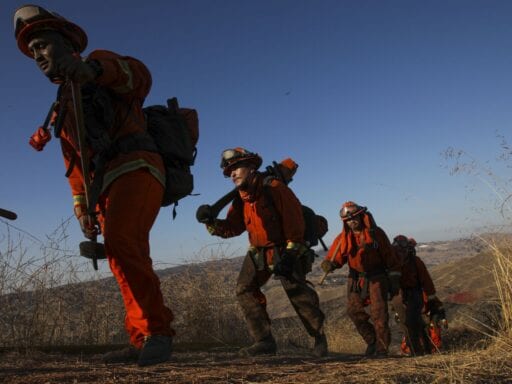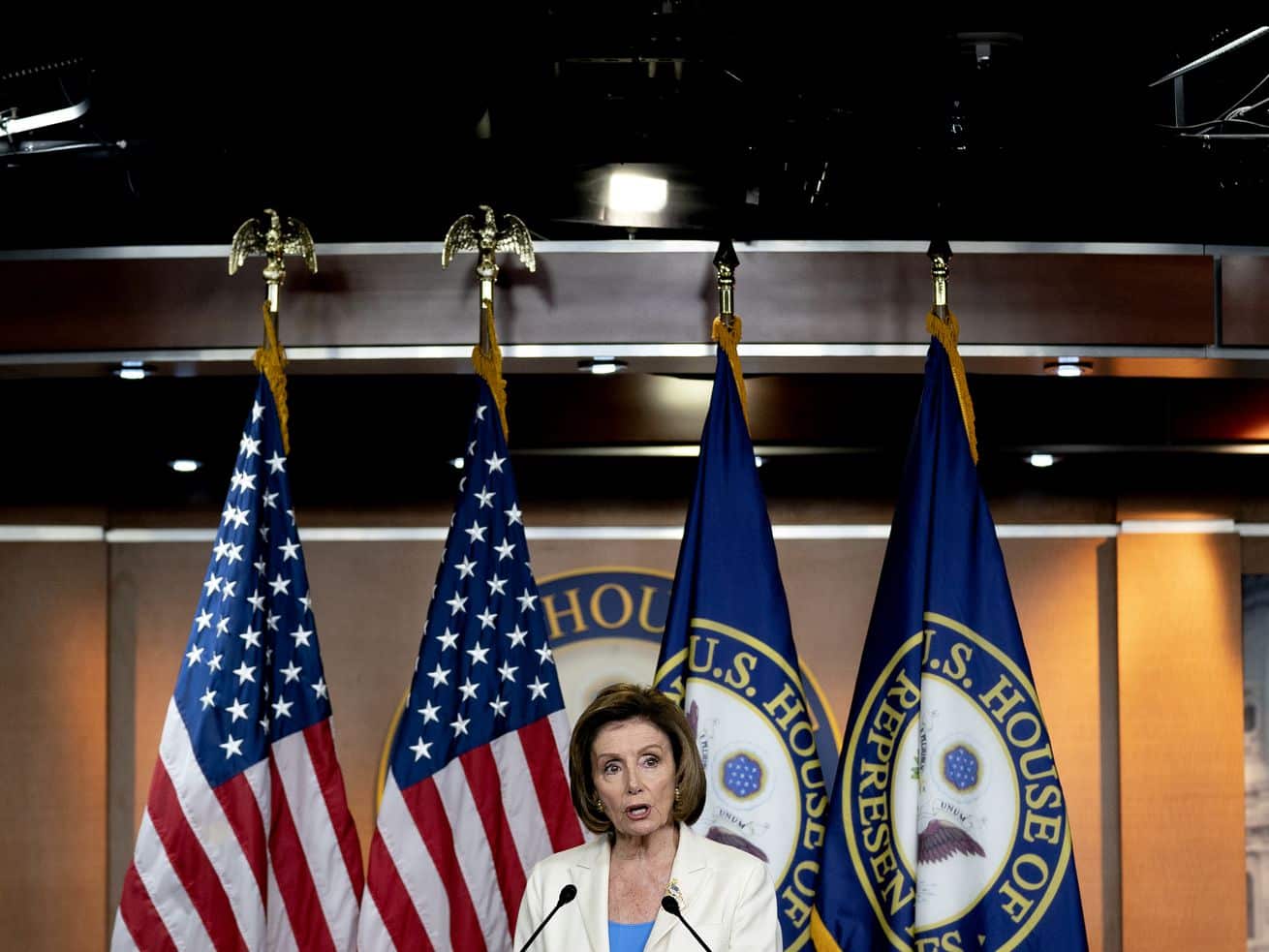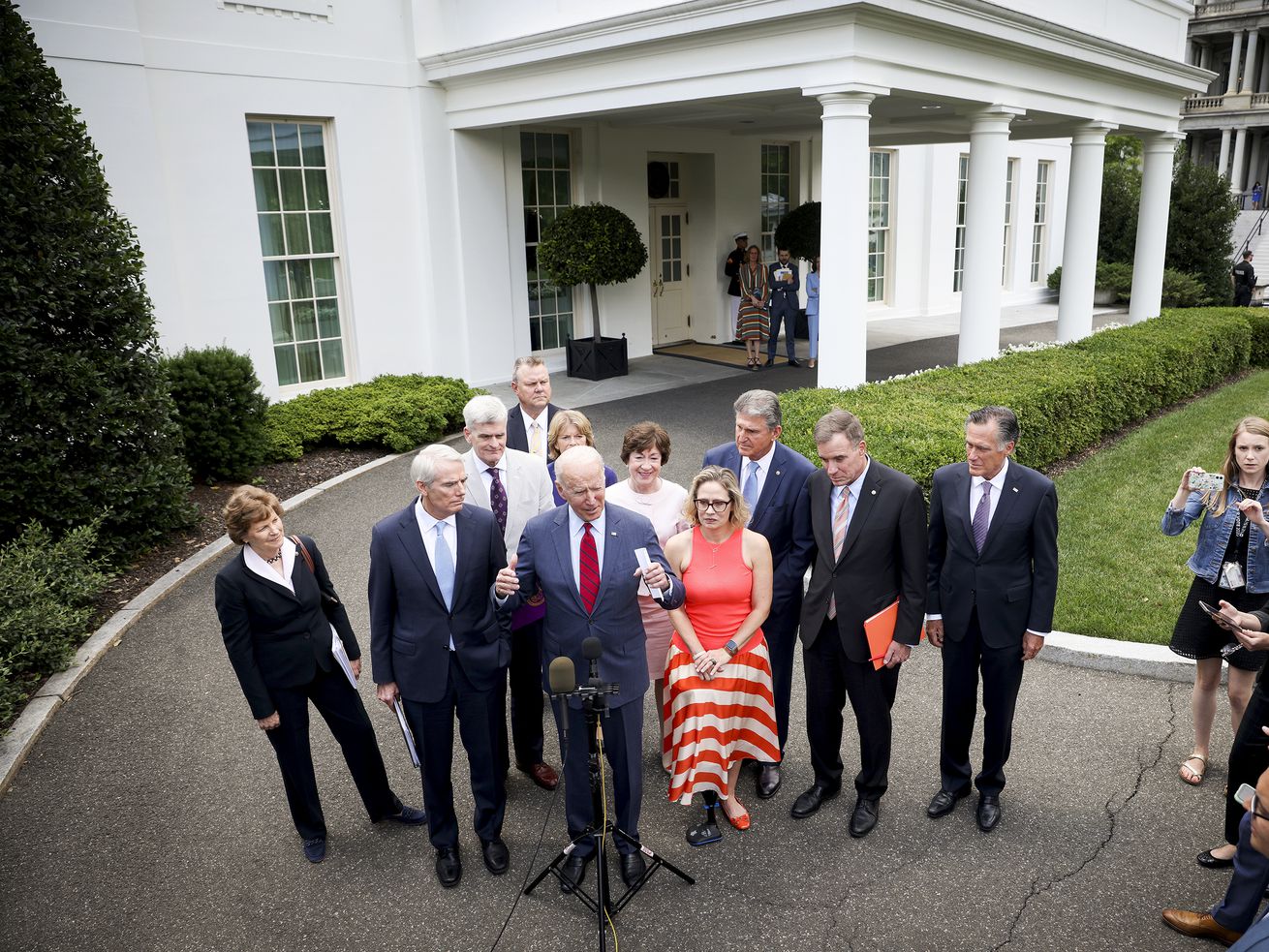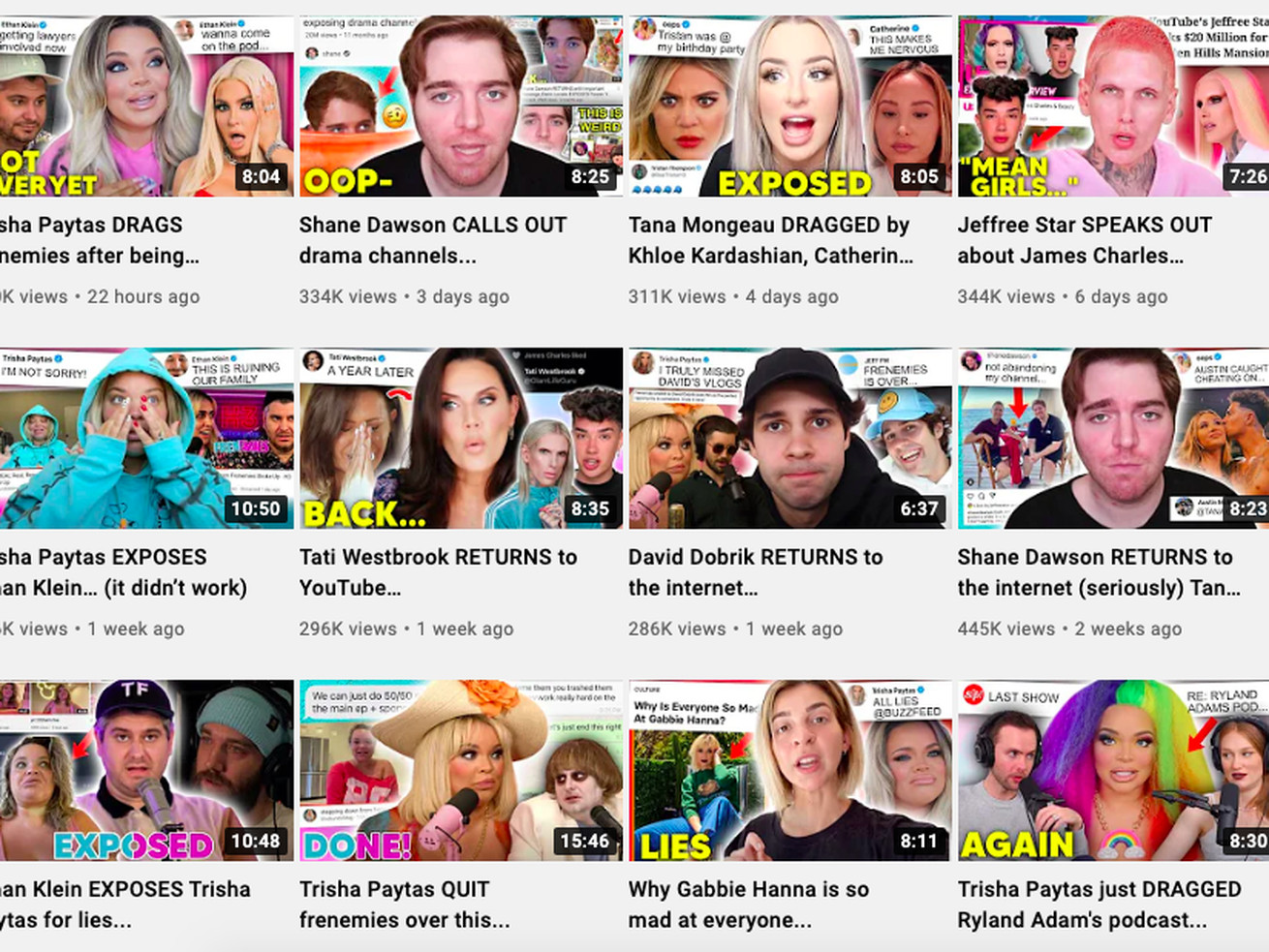As California battles historic wildfires, Gov. Gavin Newsom is fighting for federal aid.
President Donald Trump approved a disaster declaration for California on Friday, clearing the way for the state to receive federal aid as it continues to battle a series of historic wildfires.
Usually, that would be unremarkable — as of Saturday, the Federal Emergency Management Agency (FEMA) listed 98 major disaster declarations this year, including in California. But Friday’s declaration by Trump comes after his Thursday decision to deny federal aid to the state.
Though California has suffered five of the six largest wildfires in recorded state history in recent weeks — including a “gigafire,” the August Complex Fire, which has already burned more than 1 million acres — FEMA said in a statement Friday to CNN that California’s “early September fires were not of such severity and magnitude to exceed the combined capabilities of the state, affected local governments, voluntary agencies and other responding federal agencies.”
California Gov. Gavin Newsom responded to this announcement by tweeting, “We are appealing this,” and followed that message with a call with Trump. Republican lawmakers also reportedly put pressure on the president, with House Minority Leader Kevin McCarthy, who represents California’s 23rd District in Congress, and state Sen. Andreas Borgeas, whose district was affected by the Creek Fire, making appeals.
Following these conversations, Trump reversed course.
The disaster declaration means that California residents in the path of the fires are eligible for various types of federal aid, including “grants for temporary housing and home repairs, low-cost loans to cover uninsured property losses, and other programs to help individuals and business owners recover from the effects of the disaster.”
The declaration also frees up federal funding for “emergency protective” and “hazard mitigation” measures in California. The costs of these initiatives will be shared with the state government, as well as tribal and local governments in California.
According to Cal Fire’s daily update, there are 21 active wildfires in the state — and a red flag warning remains in effect for northern California. To date, more than 4.1 million acres have burned in 2020, killing at least 31 people and destroying thousands of structures.
The politics of disaster relief often involve a balancing act
Despite his quick reversal, Trump’s initial refusal to approve the California disaster declaration is in line with his longtime posture toward the state.
As Vox’s Catherine Kim reported last year, Trump previously threatened to withhold “$$$ help” from the state, and just this week the president tweeted that “California is going to hell. Vote Trump!”
..Every year, as the fire’s rage & California burns, it is the same thing-and then he comes to the Federal Government for $$$ help. No more. Get your act together Governor. You don’t see close to the level of burn in other states…But our teams are working well together in…..
— Donald J. Trump (@realDonaldTrump) November 3, 2019
According to one former administration official — Miles Taylor, who served in the Department of Homeland Security — Trump has made his stance toward California even more clear in private.
“[Trump] told us to stop giving money to people whose houses had burned down from a wildfire because he was so rageful that people in the state of California didn’t support him, and that politically it wasn’t a base for him,” Taylor said in a video endorsing Trump’s opponent, Democratic presidential nominee Joe Biden.
Trump’s antipathy toward California has meant Newsom, a Democrat, has often had to maintain a delicate balancing act in his relationship with Trump to ensure California gets the help it needs, for wildfires and the Covid-19 pandemic alike.
As CalMatters’s Laurel Rosenhall wrote in September:
Newsom has repeatedly praised Trump’s disaster aid for California, saying he wants to put political differences aside when problems need to be solved. But it’s involved a bit of whiplash. He recently called their relationship “very effective” in responding to emergencies — just the day after he dissed Trump for saying California wildfires were due to insufficient forest raking. He talked last week about a productive phone call with Trump, even as he criticized the federal government for a lack of action on climate change.
Newsom isn’t alone in that balancing act. As the pandemic and natural disasters from fires to hurricanes leave states in desperate need of federal help, staying on Trump’s good side has essentially become an imperative for Democratic governors seeking federal aid.
In March, the president told Fox News that Democratic governors seeking federal help “have to treat us well.” Following that pronouncement — and others like it — Democratic leaders have worked to maintain the appearance of doing so.
In April, for example, New York Gov. Andrew Cuomo praised Trump’s pandemic response, saying that “he has delivered for New York.”
But the relationship between the president and Democratic governors has not always been smooth; in April Trump called for people to “LIBERATE” Democratic-run states like Virginia and Minnesota. And Michigan Gov. Gretchen Whitmer, who has criticized Trump’s Covid-19 response, has become the target of unceasing vitriol from the president, unabated even after a far-right alleged kidnapping plot against her was revealed earlier this month.
Democratic governors like Newsom — and Louisiana Gov. John Bel Edwards, who has sought federal help for hurricane recovery — however, have found ways to craft measured approaches that neither alienate the president or their bases, largely escaping the president’s ire and ensuring federal aid flows to their states.
“What essentially is happening is that Newsom is having to be, in a way, a sacrificial lamb,” California Sierra Club director Kathryn Phillips told the AP in September after Newsom met with Trump. “He’s the one who has to be very gentle with the president, even though I have no doubt that he disagrees with him on just about everything.”
Millions turn to Vox each month to understand what’s happening in the news, from the coronavirus crisis to a racial reckoning to what is, quite possibly, the most consequential presidential election of our lifetimes. Our mission has never been more vital than it is in this moment: to empower you through understanding. But our distinctive brand of explanatory journalism takes resources. Even when the economy and the news advertising market recovers, your support will be a critical part of sustaining our resource-intensive work. If you have already contributed, thank you. If you haven’t, please consider helping everyone make sense of an increasingly chaotic world: Contribute today from as little as $3.
Author: Cameron Peters
Read More



